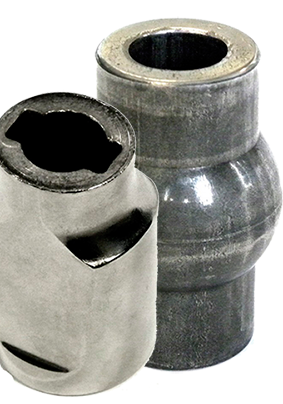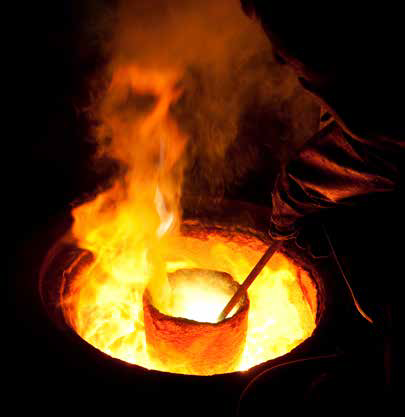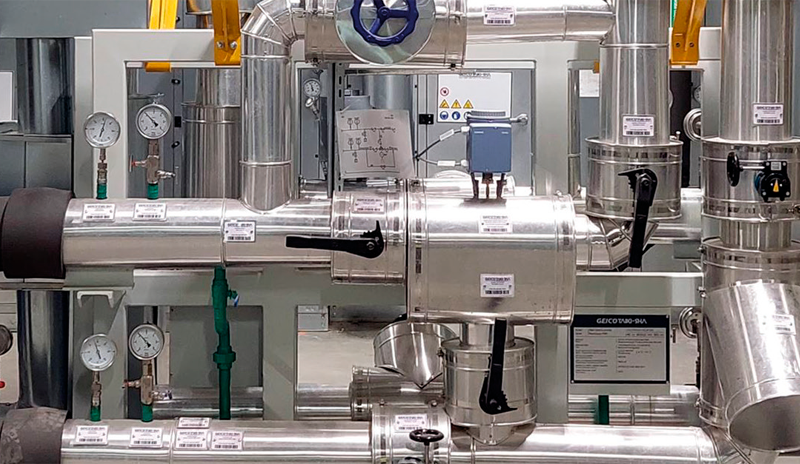
Altia Fontanafredda S.r.l.
Abstract
The object of this study was simulating and optimizing the cold forging process for a silent block bush steel sleeve. A block bush consists of two concentric steel sleeves with rubber securely bonded between them to fill up the void and absorb torsional, axial and radial loads. Silent block bushes are typically used in suspension systems in the automotive industry to absorb load and minimize suspensions. A silent block bush is traditionally used in the linkage system of a car suspension, in railway carriages and in agricultural machinery.
There were multiple objectives attached to this study. Specifically:
- optimize the material flow inside the dies and predict defects such as folds, cracks and underfills
- calibrate the press kinematics
- verify compliance with the original design blueprint
- estimate the maximum forging load at each forging stage
- and all of these while minimizing the costs and lead time


